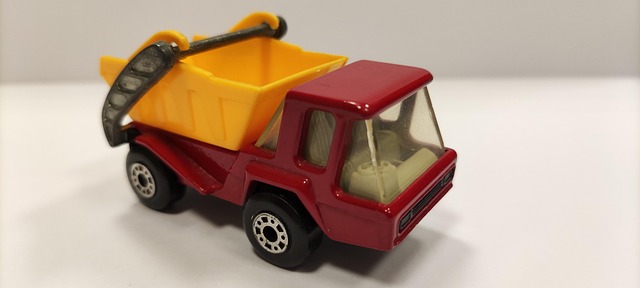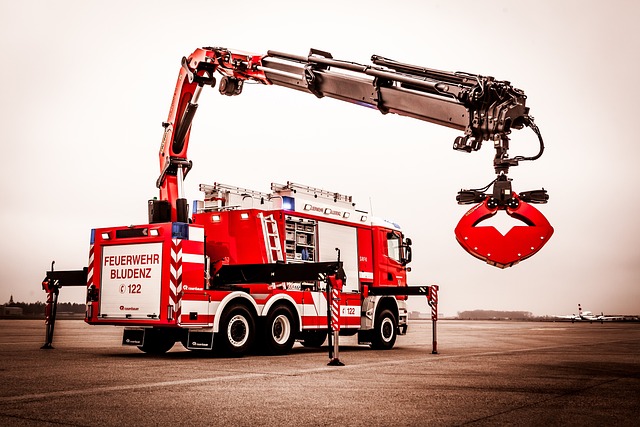Looking to register your car in California? This comprehensive guide breaks down the process step-by-step. From understanding the essential requirements for car registration in California to gathering necessary documents for a successful DMV VIN verification, we’ve got you covered. Learn how to prepare your vehicle for inspection and visit a local DMV office efficiently. Discover post-registration steps and important considerations. Get your car registered smoothly and legally!
- Understand the Requirements for Car Registration in California
- Gather Necessary Documents for DMV Vin Verification
- Prepare Your Vehicle for Inspection and Registration
- Visit a California DMV Office for Registration and Title Transfer
- Post-Registration: Important Steps and Considerations
Understand the Requirements for Car Registration in California

Before registering your car in California, it’s crucial to understand the requirements set by the Department of Motor Vehicles (DMV). One essential step is the DMV VIN verification process, which ensures that your vehicle’s unique identifier—the Vehicle Identification Number (VIN)—matches the data on record. This verification is typically done through a mobile vin inspection or online using official channels.
Additionally, you’ll need to provide specific documentation, such as proof of ownership and insurance, along with the necessary fees. A mobile vin verifier can assist in this process by performing an on-site check of your car’s VIN, making it easier to meet these requirements and ensuring a smoother registration experience in California.
Gather Necessary Documents for DMV Vin Verification

Before heading to the DMV for car registration, it’s crucial to gather all necessary documents, especially for the dmv vin verification process. This includes your vehicle’s registration certificate (if owned), proof of insurance, and a valid driver’s license. Additionally, you’ll need the Vehicle Identification Number (VIN) from your car, which can be found on the vehicle’s title or in its manual. For a smoother process, consider using a mobile vin verifier to quickly and accurately obtain this information before visiting the DMV.
During the vin inspection, ensure that all documents are up-to-date and accurate. The DMV will verify the VIN with the information provided to ensure your car’s history matches the details on file. This step is vital to prevent fraud and ensure a seamless registration process. Remember, having complete and correct documentation can make all the difference in expediting your car registration in California.
Prepare Your Vehicle for Inspection and Registration
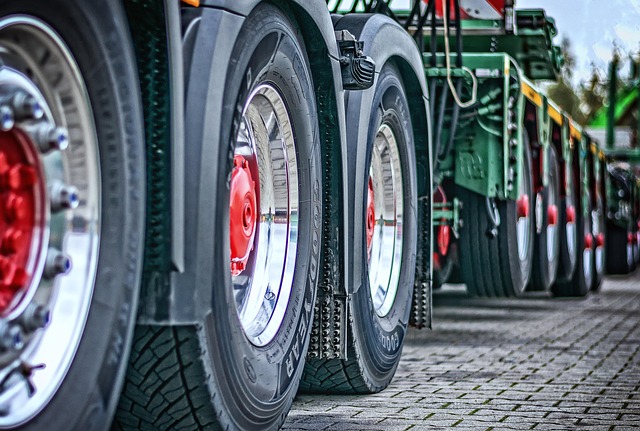
Before you can register your car in California, ensure that your vehicle is ready for the state’s rigorous inspection process. Start by gathering all necessary documents, including your vehicle registration, proof of insurance, and a valid driver’s license. The California Department of Motor Vehicles (DMV) requires a thorough examination to verify the vehicle’s identity using its unique Vehicle Identification Number (VIN). This step involves a detailed check of various components, from the engine and chassis to the tires and lights. A mobile VIN verifier or a professional vin inspection service can help ensure your car meets all standards before the official DMV Vin verification.
During this preparation phase, pay close attention to any potential issues that might fail the inspection. Addressing these problems beforehand will save you time and money in the long run. Remember, California’s registration process is designed to maintain safety standards and protect both drivers and passengers on the state’s roads. A well-prepared vehicle reflects your commitment to these guidelines.
Visit a California DMV Office for Registration and Title Transfer
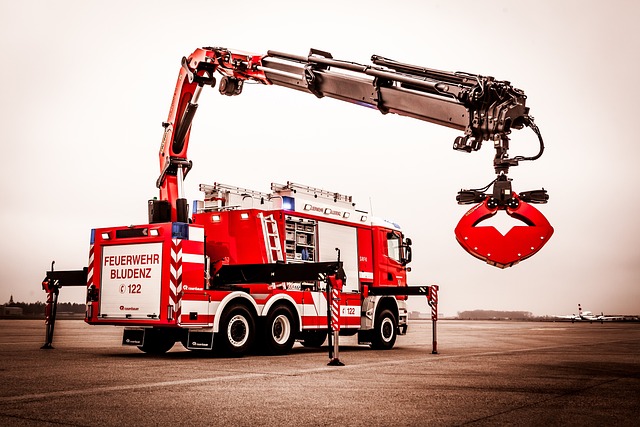
To begin the process of registering your car in California, you’ll need to visit a local DMV office. This is where you’ll complete the necessary paperwork and undergo crucial steps like VIN verification. Bring along all required documents, including your vehicle’s registration from the previous state (if applicable), proof of insurance, and identification. The DMV will guide you through the process, ensuring that everything is in order before proceeding to the next stage.
DMV staff will instruct you on how to conduct a mobile VIN inspection or obtain a mobile vin verification, which is often recommended for convenience. This involves scanning your vehicle’s unique VIN (Vehicle Identification Number) to cross-reference it with the state’s records, ensuring the car matches all required specifications and there are no outstanding issues. Once this step is successfully completed, you’ll be one step closer to officially registering your car in California.
Post-Registration: Important Steps and Considerations
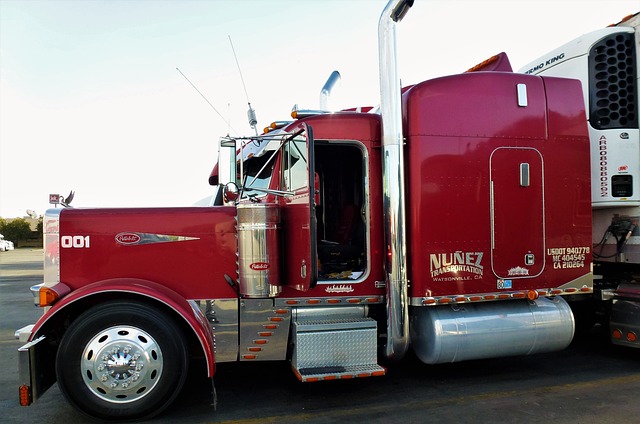
After successfully registering your vehicle in California, there are several crucial steps to ensure a smooth ownership experience. One vital consideration is completing the DMV VIN verification process, which confirms the vehicle’s history and ensures it meets safety standards. This step is essential for your peace of mind and legal compliance.
Additionally, exploring convenient options like mobile VIN verification or using a mobile VIN verifier can save time and effort. These services allow you to conduct a quick and accurate inspection right from your location, providing instant access to detailed vehicle information. By staying proactive with these post-registration tasks, California car owners can maximize their investment and maintain a seamless automotive journey.
Registering your car in California involves understanding the requirements, gathering essential documents for DMV VIN verification, preparing your vehicle for inspection, and visiting a local DMV office. After successful registration, remember to complete post-registration steps like updating insurance records and displaying the proper license plates. Following these straightforward procedures ensures your vehicle complies with state regulations, facilitating smooth driving experiences in California’s bustling landscape.
